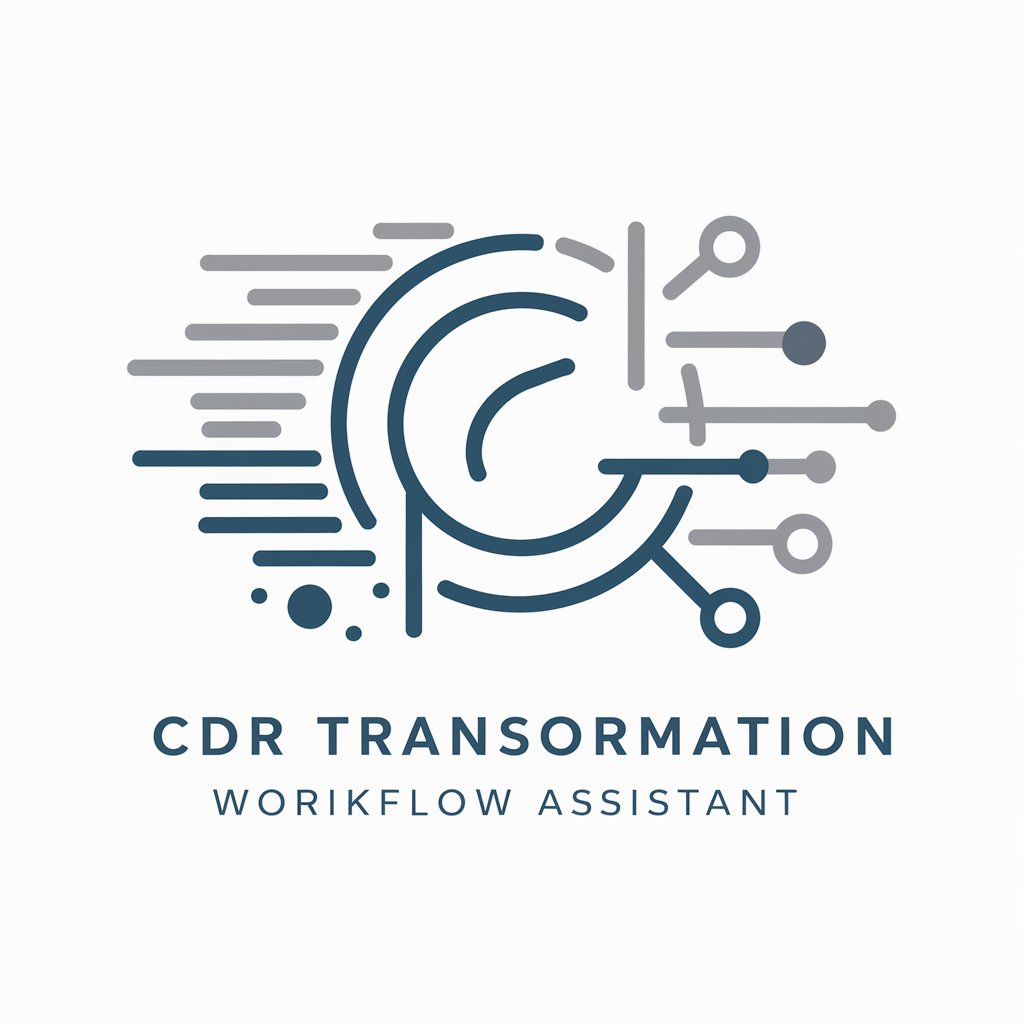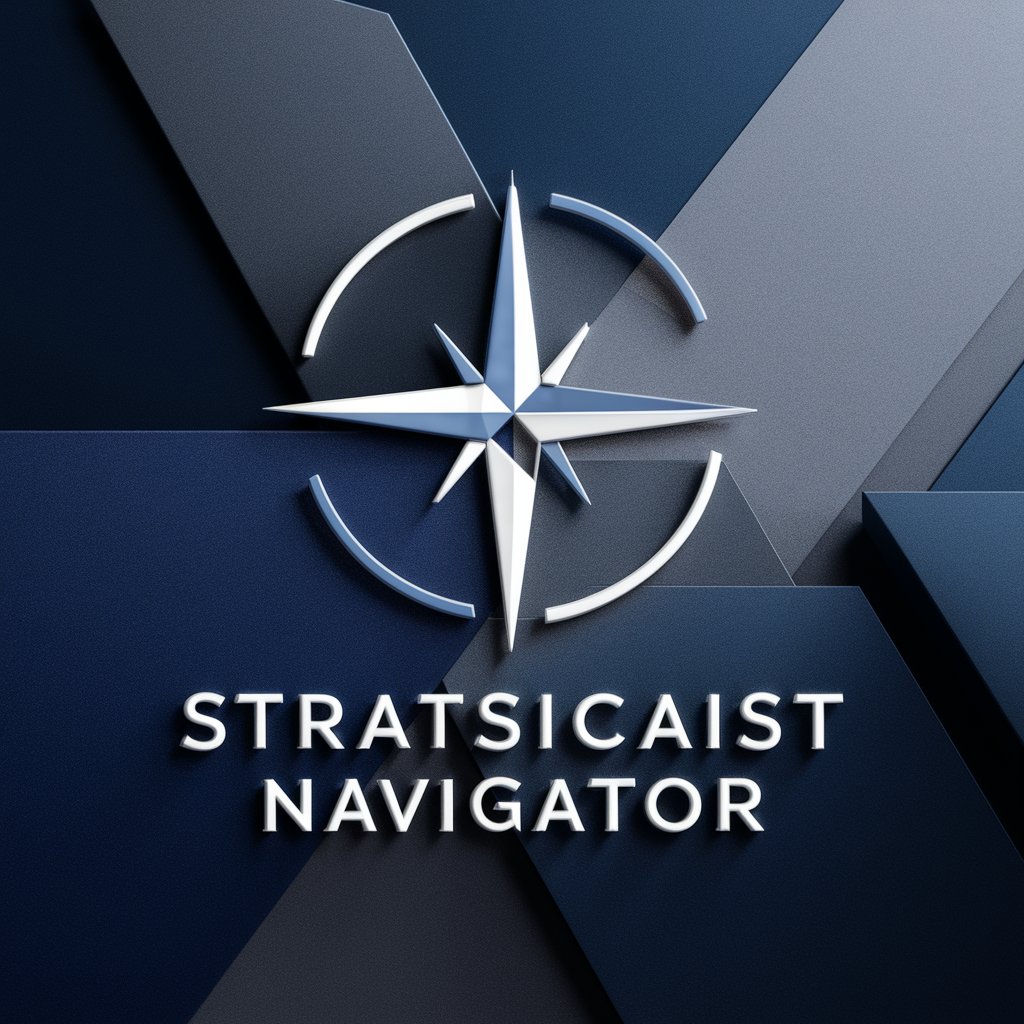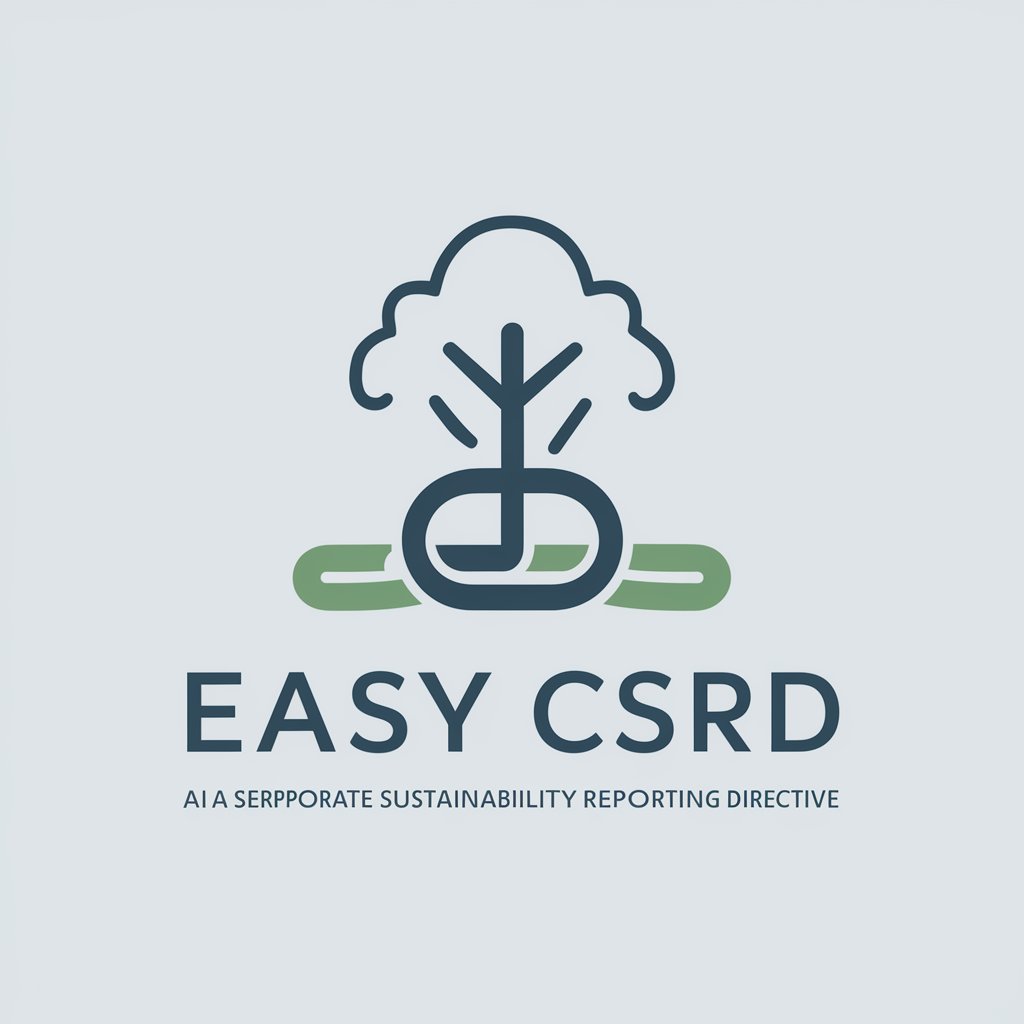
CDR - CDR Data Analysis

Welcome to the CDR Transformation Workflow!
AI-powered CDR Insights Discovery
Analyze the call data trends from the past month...
Generate a detailed report on call quality metrics...
Identify the top-performing agents based on call volume...
Visualize the inbound and outbound call patterns...
Get Embed Code
Introduction to CDR
CDR, standing for Call Detail Record, is a data record generated by a telephone exchange or other telecommunications equipment that documents the details of a telephone call or other telecommunications transaction (e.g., text message) that passes through that facility or device. The record contains various attributes of the call, such as time, duration, completion status, source number, and destination number. The primary purpose of CDR is to provide a detailed account of all telecommunication activity, which can be used for billing, analysis, and reporting purposes. For example, a telecommunications company might use CDRs to bill customers for the calls they make or receive, while businesses might analyze CDRs to identify calling patterns, optimize telecommunications expenses, or ensure compliance with corporate policies. Powered by ChatGPT-4o。

Main Functions of CDR
Billing and Accounting
Example
A telecommunications provider uses CDRs to calculate charges for its customers based on call durations, destinations, and services used (e.g., voice, SMS, data services).
Scenario
For instance, a customer's monthly bill is generated by aggregating CDRs for all calls made and received, applying the appropriate tariffs.
Traffic Analysis and Network Management
Example
Telecom companies analyze CDRs to understand call patterns, peak usage times, and network load, enabling them to manage and optimize network resources effectively.
Scenario
Analyzing CDRs can help a telecom operator identify the need for network expansion in areas with high call volumes during specific periods.
Fraud Detection
Example
By monitoring unusual patterns in CDRs, such as an unexpected surge in international calls, telecom operators can detect and prevent fraudulent activities.
Scenario
If a user's account suddenly starts generating a high volume of international calls at odd hours, this could indicate that the account has been compromised.
Regulatory Compliance
Example
CDRs help ensure compliance with local and international telecommunications regulations by providing a detailed record of all communications transactions.
Scenario
Telecommunications companies must store CDRs for a certain period to comply with legal requests from authorities for call data in criminal investigations.
Ideal Users of CDR Services
Telecommunications Companies
These entities are the primary creators and users of CDRs, utilizing them for billing customers, analyzing network usage, managing network performance, and ensuring regulatory compliance.
Large Enterprises
Businesses with extensive telecommunications needs use CDRs to monitor and manage their telecommunication costs, analyze call patterns for business intelligence, and ensure that communication policies are followed.
Law Enforcement Agencies
These agencies may use CDRs as part of investigations to track call activities related to criminal cases, requiring access to detailed call records from telecom operators.
Financial Institutions
Banks and other financial entities use CDRs to detect fraud by analyzing call patterns that may indicate scam operations or unauthorized account access attempts.

Guidelines for Using CDR
1
Start with a Free Trial: Visit yeschat.ai to explore CDR capabilities without any login requirements or the need for ChatGPT Plus.
2
Understand Your Needs: Identify the specific call data records (CDR) analysis or processing requirements you have, such as billing analysis, traffic pattern analysis, or fraud detection.
3
Prepare Your Data: Ensure your CDR files are in a supported format. Common formats include CSV, JSON, or proprietary formats from telecom equipment manufacturers.
4
Utilize Features: Leverage the tool's features for parsing, cleaning, transforming, and analyzing CDR data. This may involve configuring settings for specific types of data or analysis.
5
Analyze and Report: Use the insights generated from the CDR analysis to make informed decisions. This could involve identifying trends, optimizing network performance, or improving customer service.
Try other advanced and practical GPTs
Article Writing Assistant
Crafting Your Content, Smartly Powered by AI

"تېز ئىنژېنېر"
Empowering creativity with AI

火之軍師2.0
Empower decisions with AI-driven strategy.

AI PDF 對話導師 aka 小樊登
Unlock Insights with AI Document Analysis

Staffel GPT TV Show
Deep Dive into Your Favorite TV Shows

TVs
Empowering Your Viewing Experience with AI

CalBudget
Empowering UC Berkeley students with AI-driven financial insights.

Strap UI
Build and Deploy SPAs Swiftly

Mobile UI CodeCraft Bot
Transforming designs into deployable code, AI-powered.

UX Analyzer
Enhance User Experience with AI

Strategist Navigator
Empowering design through AI-driven insights

UXtionary
Empowering design with AI-driven insights.

CDR Q&A
What is CDR and why is it important?
CDR stands for Call Detail Record, a data record produced by telecommunications equipment documenting the details of a telephone call or other telecommunications transaction. It's important for billing, analyzing call patterns, detecting fraud, and understanding network performance.
How can CDR be used to detect fraud?
CDR analysis can identify unusual call patterns, such as high volumes of short-duration calls, calls to premium-rate numbers, or calls at odd hours, indicating potential fraud.
Can CDR analysis help in improving network performance?
Yes, by analyzing CDR data, telecom operators can identify network congestion points, assess call quality, and understand usage patterns to optimize network resources and improve service quality.
What types of insights can I gain from CDR analysis?
CDR analysis can provide insights into customer behavior, call traffic distribution, service usage trends, billing anomalies, and network performance metrics.
Is specialized knowledge required to analyze CDR data?
While a basic understanding of telecom data is beneficial, many CDR analysis tools are designed to be user-friendly, offering intuitive interfaces and pre-built analysis modules to assist users without specialized knowledge.





